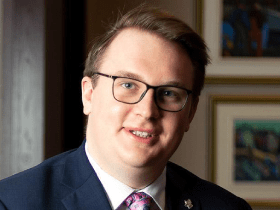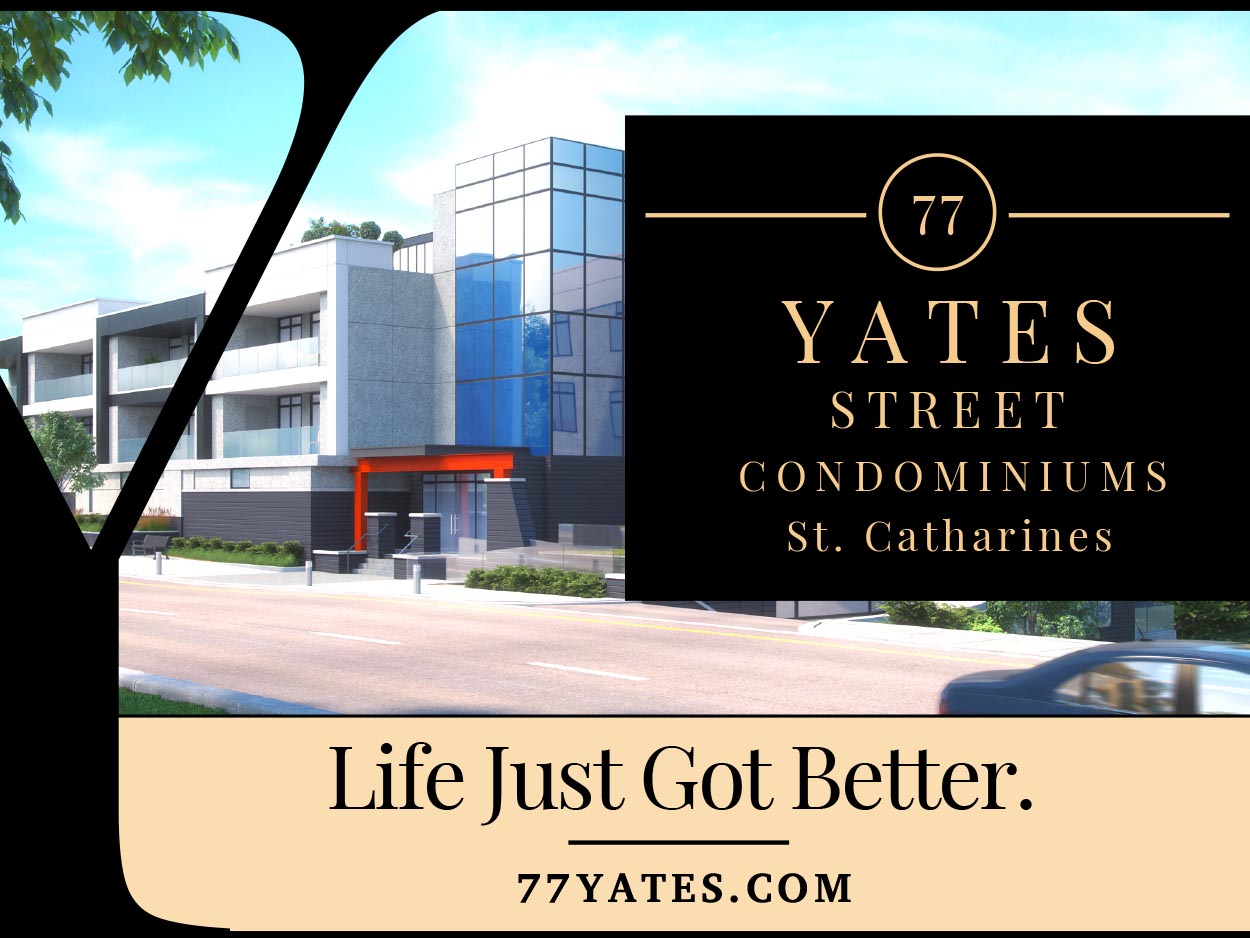
The strained relationships many provinces experienced with Trudeau’s Ottawa could thaw under the Conservatives. Pictured: Prime Minister Justin Trudeau. Photo Credit: Justin Trudeau/X.
By the three-week mark of a new year, many people find their resolutions fading and life settling back to normal. However, 2025 is shaping up to defy this pattern for Canada, promising a year of transformative political change. From the Liberal Party’s leadership race to a potential federal election and the challenges of navigating a Trump administration, Canada’s political landscape is bracing for a seismic shift.
The resignation of Prime Minister Justin Trudeau has left the Liberal Party scrambling to select a new leader. The leadership race will conclude on March 9, with candidates facing a challenging 46-day window between the Jan. 23 registration deadline and voting day. Notable figures, such as former finance minister Chrystia Freeland and former Bank of Canada governor Mark Carney, are rumored contenders, while others like Mélanie Joly, Antia Anand and Dominic LeBlanc have ruled themselves out.
This high-stakes race comes with equally high barriers: a record $350,000 entry fee and rigorous eligibility criteria designed to thwart foreign interference. The winner will face an immediate trial by fire, with just weeks to prepare for a confidence vote as Parliament reconvenes on March 24.
If the Liberal government loses the confidence of the House—a strong possibility given the CPC and NDP’s declarations of no confidence—Canada will head to an early federal election. Current polling suggests Pierre Poilievre’s Conservatives are well-positioned to capitalize on the situation, buoyed by an unprecedented alignment with conservative-led provincial governments across the country. With seven out of ten provinces now under conservative or conservative-leaning leadership, a Poilievre victory could pave the way for historic federal-provincial collaboration. This unity could usher in sweeping changes, from constitutional reforms to policy overhauls in areas like resource management and fiscal transfers.
However, Canada’s challenges don’t stop at its borders. South of the border, President-elect Donald Trump’s return to the White House poses significant risks to Canada’s economic stability. Trump’s proposal of a 25 per cent tariff on Canadian exports threatens key industries such as auto manufacturing and agriculture. Economists warn that such measures could tip Canada into a recession, potentially costing over 150,000 jobs. A faltering economy would hardly be the backdrop the Liberal Party desires for introducing a new leader—or for launching an election campaign.
Within Canada, provincial governments are poised to play a pivotal role in shaping the country’s direction. The strained relationships many provinces experienced with Trudeau’s Ottawa could thaw under a Conservative federal government. A Poilievre-led administration might empower provincial leaders to secure reforms benefiting their constituents, from expanded resource development to increased healthcare funding.
Yet, these opportunities come with risks. Provincial leaders will need to carefully balance regional priorities with the broader national interest, particularly on contentious issues like climate policy and fiscal equity.
As Canadians navigate these turbulent waters, the year ahead will demand bold leadership and strategic vision. Whether through the Liberal Party’s renewal, the possibility of a Conservative-led government, or responses to U.S. policies, Canada’s political decisions in 2025 will shape the nation’s path for years to come.

Daniel Perry is the Director of Federal Affairs at the Council of Canadian Innovators, leading national advocacy and engagement efforts. With experience in consulting and roles at the Senate of Canada, Queen’s Park, and the Canadian Criminal Justice Association, Daniel has helped political leaders and clients across various sectors achieve their public policy goals. A frequent media contributor and seasoned campaigner, Daniel holds a Master of Political Management from Carleton University.






